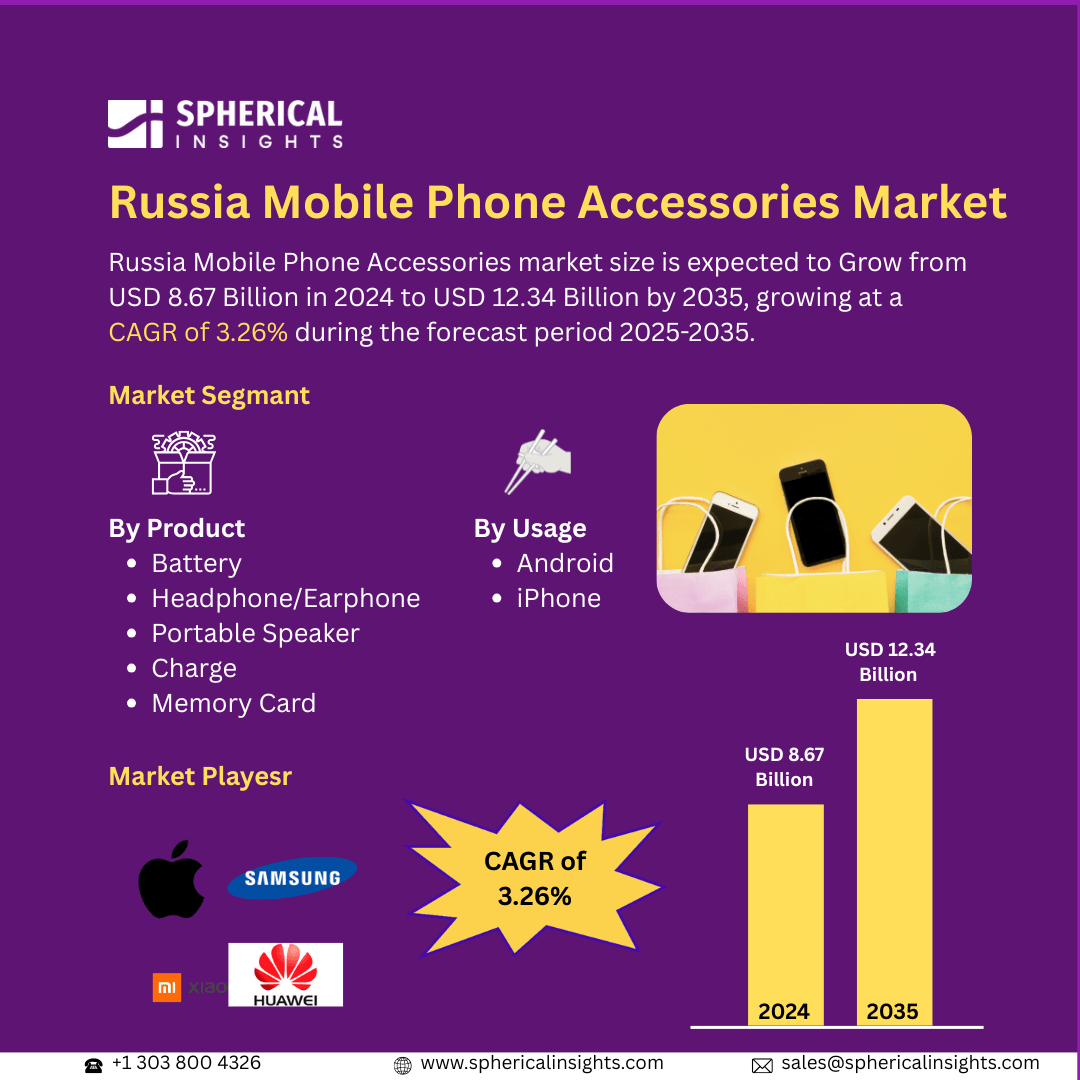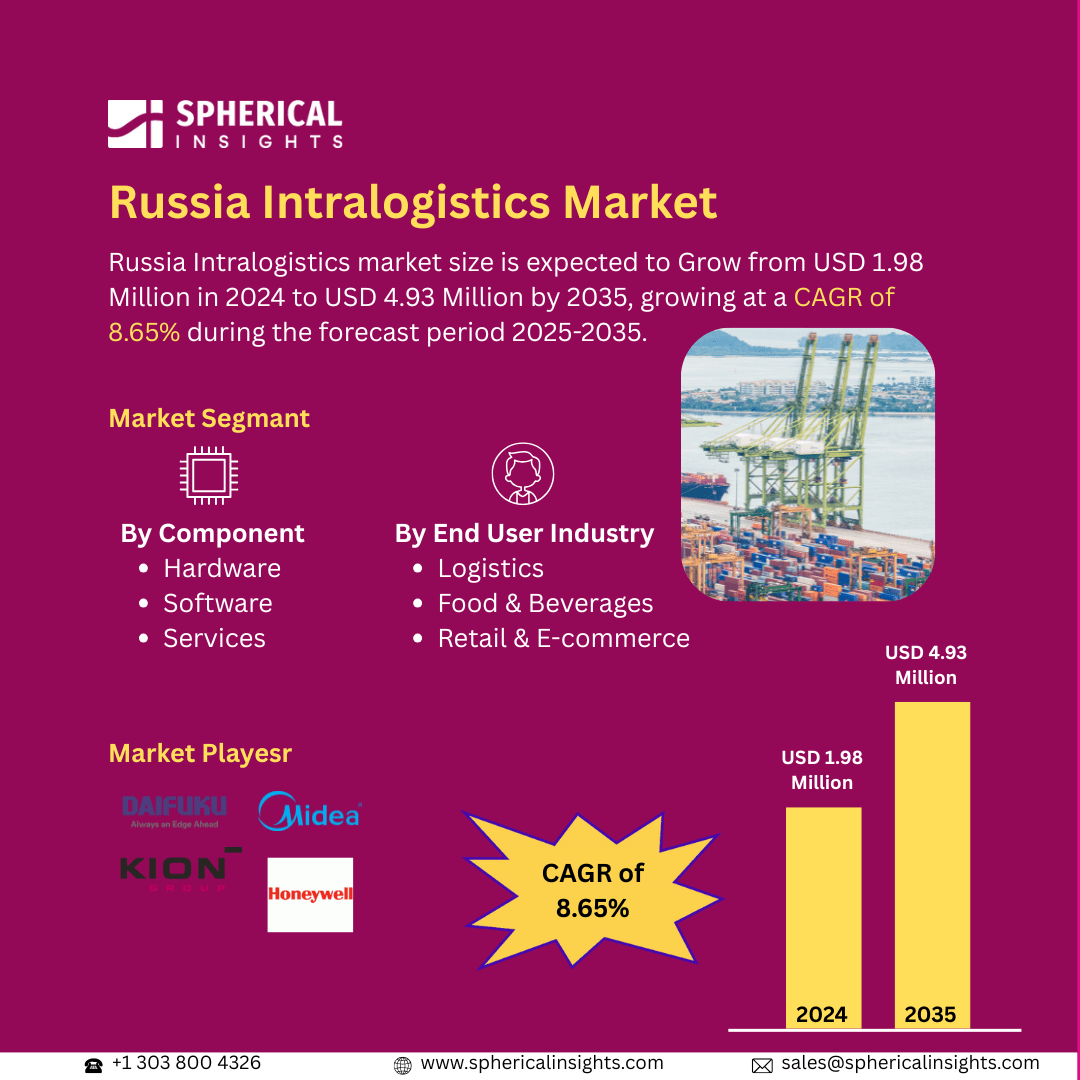Global Friction Stir Welding Equipment Market Size To Exceed USD 435.2 Million by 2033
According to a research report published by Spherical Insights & Consulting, The Global Friction Stir Welding Equipment Market Size is Expected to Grow from USD 231.9 Million in 2023 to USD 435.2 Million by 2033, at a CAGR of 6.50%% during the forecast period 2023-2033.
Browse 210 market data Tables and 45 Figures spread through 190 Pages and in-depth TOC on the Global Friction Stir Welding Equipment Market Size, Share, and COVID-19 Impact Analysis, By Type (Fixed FSW Equipment and Robotic FSW Equipment), By End-user (Aerospace, Automotive, and Railways), and By Region (North America, Europe, Asia-Pacific, Latin America, Middle East, and Africa), Analysis and Forecast 2023 – 2033
The global friction stir welding equipment market refers to the industry focused on the manufacture, advancement, application, and distribution of equipment and tools made particularly for friction stir welding. A solid-state joining method called friction stir welding is primarily utilized to combine dissimilar or similar metals by destroying them. This process generates welds that are strong and devoid of defects, which renders it especially valuable in sectors including electronics, automotive, shipbuilding, transportation, and aerospace. Key driving factors for the growth of the friction stir welding equipment market include the increasing demand for high-strength, lightweight materials in industries including transportation, aircraft, and automotive where structural integrity and fuel economy are essential. Because FSW can produce good welds without melting the base materials, it stands out as manufacturers search for more affordable and energy-efficient welding techniques. This reduces mistakes and the consumption of energy. However, low acceptance and comprehension of the technology, especially among nations that are developing. Due to acquaintance, infrastructure constraints, and a lack of training in more sophisticated processes like FSW, many manufacturers continued to use traditional welding techniques.
The fixed FSW equipment segment accounted for the largest revenue share in 2023 and is projected to grow at a significant CAGR during the forecast period.
On the basis of type, the global friction stir welding equipment market is divided into fixed FSW equipment and robotic FSW equipment. Among these, the fixed FSW equipment segment accounted for the largest revenue share in 2023 and is projected to grow at a significant CAGR during the forecast period. The segment growth is attributed because the product is appropriate for large-scale industrial applications because of its exceptional stability, precision, and reliability. Its widespread use in production facilities is supported by its capacity to promote automation and ensure quality welds
The aerospace segment accounted for the highest revenue share in 2023 and is anticipated to grow at a substantial CAGR during the forecast period.
On the basis of end-user, the global friction stir welding equipment market is divided into aerospace, automotive, and railways. Among these, the aerospace segment accounted for the highest revenue share in 2023 and is anticipated to grow at a substantial CAGR during the forecast period. The segment growth is driven by the growing need for high-strength, lightweight materials, improvements in aircraft production techniques, and the need for flawless, stronger welds for essential elements like wings and fuselages.
North America is anticipated to hold the largest share of the global friction stir welding equipment market over the predicted timeframe.
North America is anticipated to hold the largest share of the global friction stir welding equipment market over the predicted timeframe. The regional market growth can be attributed to its advanced manufacturing infrastructure, that has prompted large investments in modernizing manufacturing facilities to increase efficiency and lower energy usage. The region's dedication to durable, high-quality automotive and aerospace parts, in addition to sustainability applications, supports the rising demand for FSW technology.
Asia Pacific is expected to grow at the fastest CAGR in the global friction stir welding equipment market during the forecast period. The regional market growth is driven by the growing industrial sector in the region and increasing investments in innovative manufacturing technologies. China, Japan, and South Korea are at the forefront of adoption, particularly in the electronics and automotive industries. The market is growing rapidly because of the increased demand for FSW technology and the requirement for lightweight, high-strength materials
Company Profiling
Major vendors in the global friction stir welding equipment market are ETA Technology, YAMAZAKI MAZAK CORPORATION, FOOKE GmbH, PAR Systems, Hitachi Power Solutions Co.,Ltd., NITTO SEIKI CO., LTD., Grenzebach Group, Bond Technologies, LLC., PTG, TRA-C industrie, and Others.
Key Target Audience
- Market Players
- Investors
- End-users
- Government Authorities
- Consulting and Research Firm
- Venture capitalists
- Value-Added Resellers (VARs)
Recent Development
- In August 2023, Bond Technologies launched the PM2, a high-volume production Friction Stir Welding machine, designed for efficient, scalable welding in automotive, aerospace, and electronics. It features quick-change fixtures and real-time data acquisition for superior quality.
Market Segment
This study forecasts revenue at global, regional, and country levels from 2023 to 2033. Spherical Insights has segmented the global friction stir welding equipment market based on the below-mentioned segments:
Global Friction Stir Welding Equipment Market, By Type
- Fixed FSW Equipment
- Robotic FSW Equipment
Global Friction Stir Welding Equipment Market, By End-user
- Aerospace
- Automotive
- Railways
Global Friction Stir Welding Equipment Market, Regional
- North America
- Europe
- Germany
- Uk
- France
- Italy
- Spain
- Russia
- Rest of Europe
- Asia Pacific
- China
- Japan
- India
- South Korea
- Australia
- Rest of Asia Pacific
- South America
- Brazil
- Argentina
- Rest of South America
- Middle East & Africa
- UAE
- Saudi Arabia
- Qatar
- South Africa
- Rest of the Middle East & Africa



